Discover your European history with Tosh…
Back in April we ran a competition for one lucky winner to trace their ancestors footsteps through the historic cities and former battlefields of Europe. Find out how our lucky winner, Tosh Warwick, got on.
Setting off from Yorkshire, with my friend of 15 years and aspiring stand-up comedian Chris Brodrick, I began my version of Great European Railway Journeys to discover more about the wars that took place in Europe. As a historian and someone whose grandfather fought in Europe we set off for the first transnational leg of our journey – London to Lille on the ever-impressive Eurostar still going strong some 24 years since Robert Priston and Lionel Stevenson were at the throttle of the inaugural passenger journey of November 1994. Famed for the Siege of Lille in 1940 which temporarily staved off the German advance and helped contribute to the evacuation of allied troops at Dunkirk (Dunkerque), an evening was spent exploring some of Lille’s landmarks and mixture of quaint bars and trumpet wielding street parties.
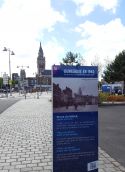
The next morning saw an early start and a journey to Dunkirk to visit the beaches and the Operation Dynamo Museum. The Museum displays regaled the tales of the Dunkirk evacuation and narratives of the Second World War more widely, interspersed by some striking ephemera and ruins of war including anti-aircraft machinery, mines, and engines and propellers from ill-fated aircraft recovered from the sea, evoking scenes revisited recently in the Hollywood blockbuster starring Tom Hardy.
Leaving Dunkirk for Lille onto the beautiful city of Lyon where we spent one night before a breath-taking progression through the Alps and a brief stopover at the picturesque Modane before eventually heading to Rome via Turin and Milan for a two-night stay and sightseeing including the Pantheon and St Peter’s Square.
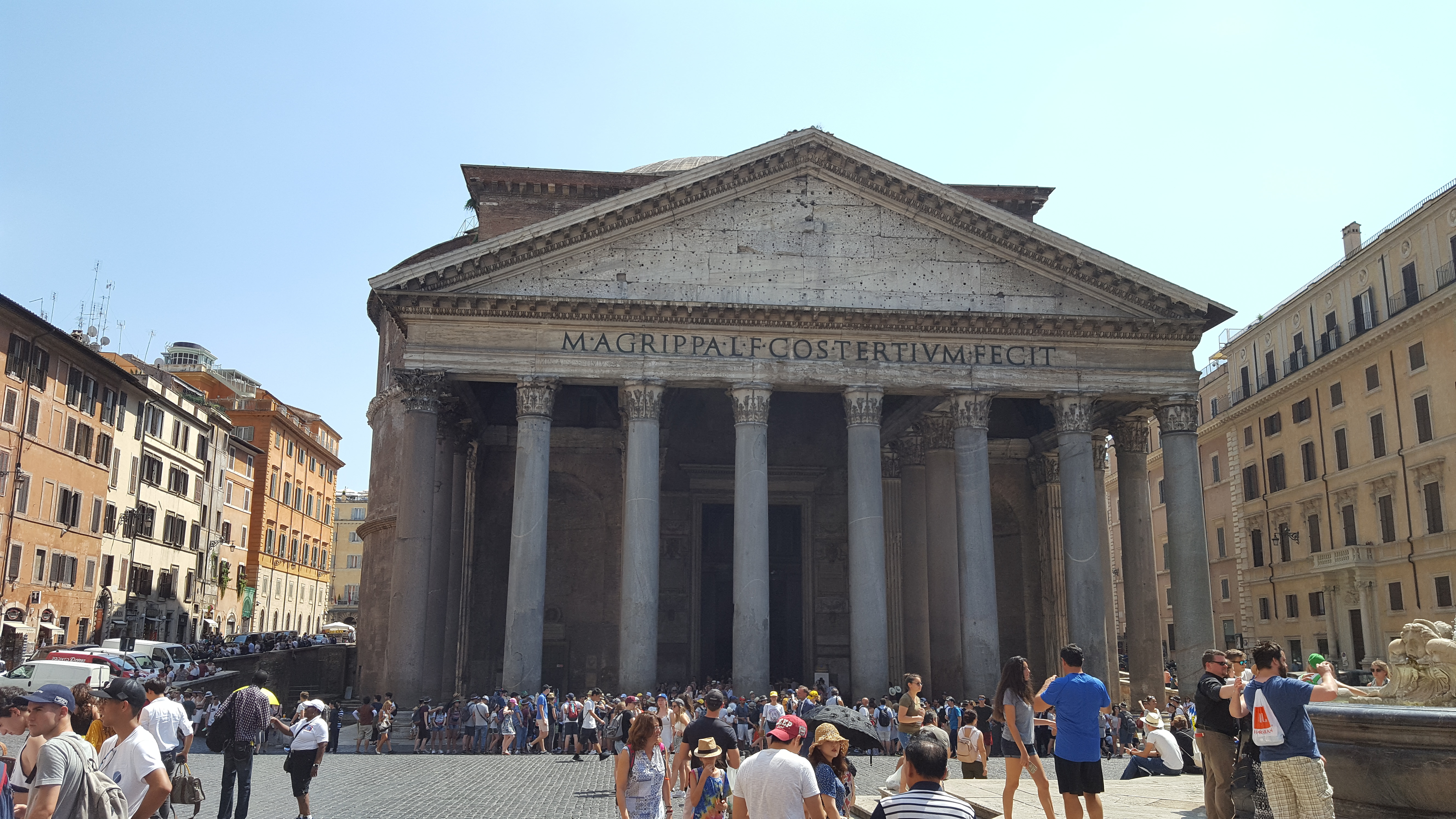
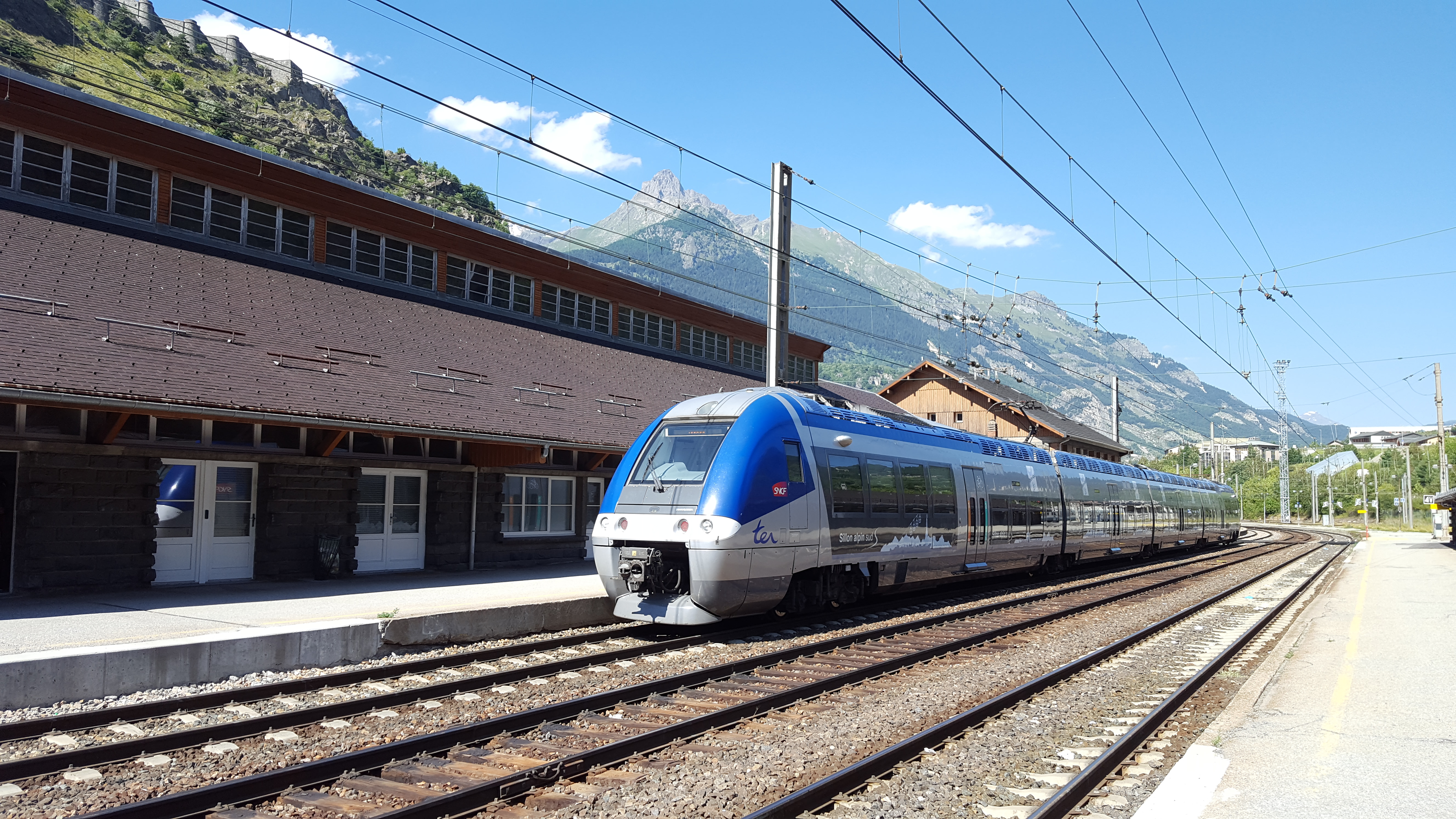
The opportunity to head to Eastern Europe, an arena of more recent conflict. Breaking the journey with an evening in the port of Trieste in north eastern Italy, itself a contested terrain and influential in post-Second World War relations between Western and Eastern Europe owing to its historic location on the Italo-Yugoslav border, we then headed onto Slovenia. Slovenia provided a retreat from the hustle and bustle of tourism for a quaint two evenings, via local bus, to the port of Koper and the nation’s largest coastal city. 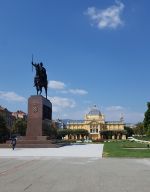 With recharged batteries we headed to Zagreb where we encountered reminders of Croatia’s own recent turbulent past through discussions with locals and visiting Dinamo Zagreb football club which has a war memorial at the stadium providing a reminder of how the war conflict has touched all over the past century. Two evenings in Zagreb were followed by a long journey to the desirable Adriatic resort of Split with its affluence apparent with the liners and personal yachts that frequent its port and waterfront, attracting wealthy tourists from across the globe with its beautiful beaches, roman buildings and even Game of Thrones filming locations.
With recharged batteries we headed to Zagreb where we encountered reminders of Croatia’s own recent turbulent past through discussions with locals and visiting Dinamo Zagreb football club which has a war memorial at the stadium providing a reminder of how the war conflict has touched all over the past century. Two evenings in Zagreb were followed by a long journey to the desirable Adriatic resort of Split with its affluence apparent with the liners and personal yachts that frequent its port and waterfront, attracting wealthy tourists from across the globe with its beautiful beaches, roman buildings and even Game of Thrones filming locations.
Before heading back West there was also the opportunity to revisit Mostar in Bosnia, famed for the Stari Most (Old Bridge) which was destroyed in 1993 by Croat forces during Bosnian War following sniper fire and heavy shelling despite efforts of citizens on both sides who unsuccessfully tried to protect the bridge with tyres and wood. The last time I visited Mostar, back in 2000 with the conflict still resonating strongly, there was a void where the Old Bridge had once stood. Now rebuilt, today Mostar Bridge is an epicentre of tourist activity, drawn to the Bridge to see the daredevils diving off the structure into the Neretva below. Some of the nearby bullet hole littered buildings serve as stark reminders of the bitter conflict that pitted neighbours against each other and there is a distinct divide between each side of the Bridge. Yet the reconstruction and vibrancy of the Stari Most serves as a reminder that rebuilding and recovery can serve as inspiring legacies of war.
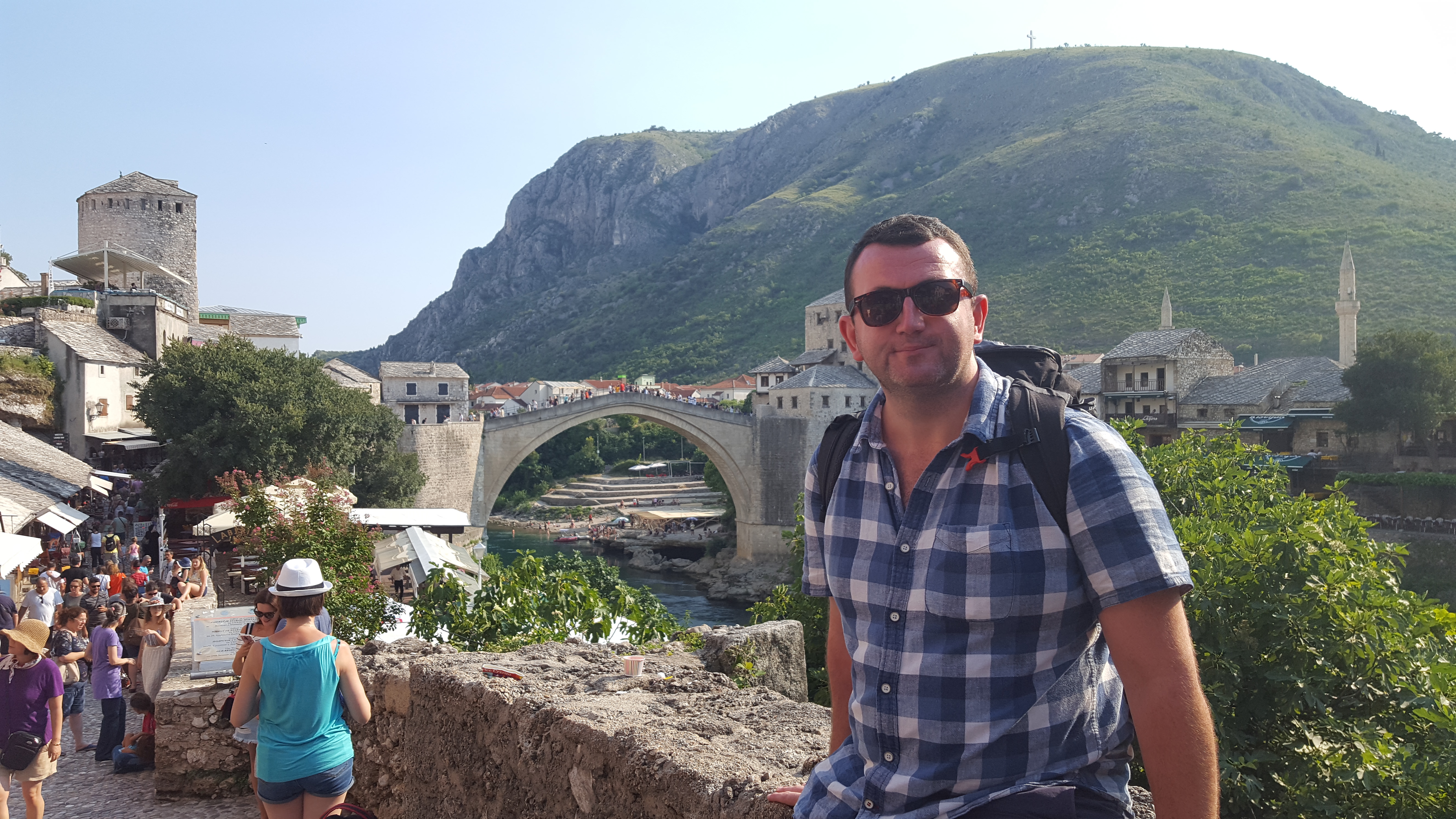
The final leg of our journey would take us through the magnificence of the Austrian Alps and onto the Bavarian city of Augsburg. Having suffered extensive bomb damage during the Second World War, like Mostar the ‘lost’ historic architecture has been reconstructed bringing another reminder of the dismay brought by war to everyday lives of ordinary people across the decades and the ways in which turning to heritage can help address some of those loses. The excursion finished with a trip back to the UK via Paris and left both of us enriched by the journeys, people and places we had encountered spanning living memory of war, physical legacies and memorials of conflict and symbols of endurance and hope.
Tosh and Chris travelled through seven different countries in fourteen days using a 7 Day Interrail Global Pass. (See map below!) Why not create your own European history tour today! Prices start from as little as £189 *
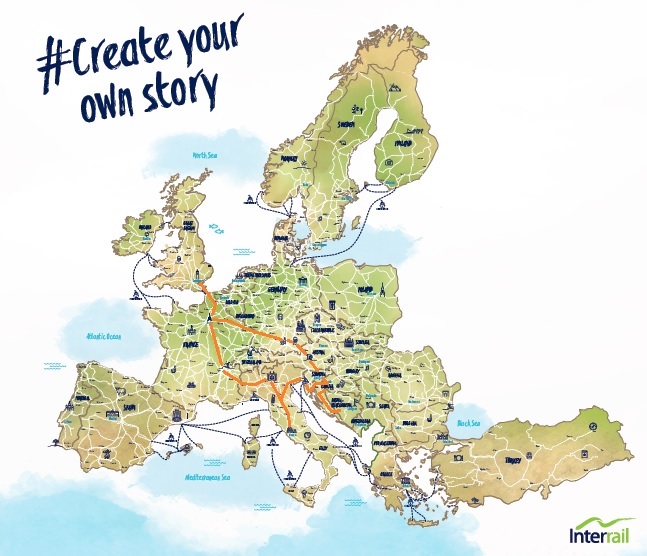
* £189 based upon a Youth 5 Days in 15 Days Global Pass in Standard Class
 Back
Back